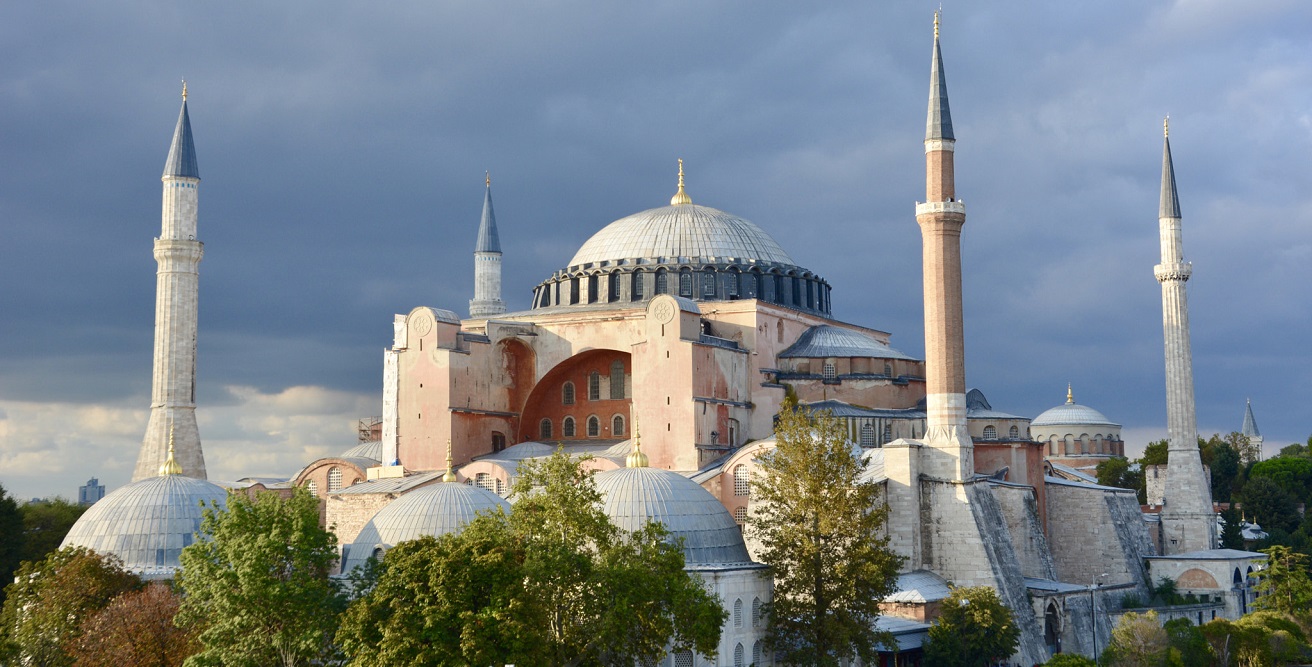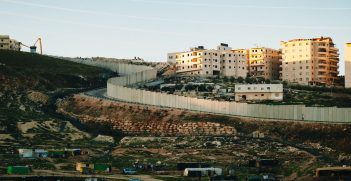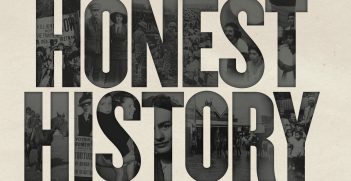Vandalised Statues and Narratives: Overcoming Divisive Memories

The world is facing multiple threats coming from an intertwining of past and present. Against this backdrop, humankind needs a new non-sectarian and inclusive approach to our shared and collective identity.
Today, we risk a possible abuse of history by applying categories and paradigms of the present to our past when considering art, monuments, and artifacts. What is needed instead is an approach of tolerance and humility to combat these problems.
The news of the last few weeks has brought the statues of a former American president (Andrew Jackson), UK prime minister (Winston Churchill), and an Italian explorer (Christopher Columbus) back to the center of international affairs. The toppling of statues and monuments has been central in the political narrative from the US, Europe, and Australia, filled it with different opinions and positions. This new trend is highlighted by the Turkish president’s decree about the Hagia Sophia, a prominent example of Byzantine architecture in Turkey. This decree transferred control of the site to the Turkish religious affairs directorate, removing its museum status and former identity. On 3 July, there was news that even the world-famous little mermaid in Copenhagen, Denmark, was perhaps, in some way, guilty of something.
A pressing question thus emerges: are statues and monuments the new weapons in the war of ideas? Beyond their artistic or architectural values, are they gaining a different political relevance and impact on the global stage? Against this backdrop, what will be the future role for architects, political scientists, and historians?
Flames flare up today amidst the dense stubble of history, putting at risk narratives and acceptance of shrines, mausoleums, places, and the ethics of commemoration. This was well highlighted in a 13 July Cornell University webinar about the future of memorials and the risks associated with the acceptance or refusal of what they symbolise.
In these interesting and turbulent times, we should carefully consider the words of the architect Louis Khan (1901-1974), who asked his students to “honour the brick” and glorify every single architectural component. Ideally, we should search for a deeper sense with new “non-sectarian and inclusive architecture, beyond divisive narratives.” Khan once referred, in a speech given at the Polytechnic University of Milan in the 1960s, to the Pantheon of Hadrian in Rome. Khan considered it an extraordinary building for its circularity incompatible with any specific ritual formalisation, a place open to all cults and narratives.
Jumping now from architectural considerations to sociological aspects, it seems that the transnational Black Lives Matter (BLM) movement – as it is defined in different geographic localities and international chapters – is populated by different souls and internal sub-currents. The movement seems also to have recurring points of cyclicity since its foundation in 2013, between media attention and oblivion phases. For example, former US Guardian correspondent Gary Younge highlighted the spirals of turbulence already existing in the summer of 2015.
Today, it is not easy to construct a mediated and balanced idea of the BLM movement between media footage and subjective perceptions. At first glance, a majority aiming for further modernisation of society and civil rights construction seems to be overshadowed in the media by a violent minority, with episodes of micro-criminality mixed with iconoclastic fury, leading to or calling for the destruction of symbols and statues. At least this is what appears to today’s “Homo Videns,” recalling a 1998 essay by the late Florentine political scientist Giovanni Sartori (1924 -2017) in which the influence of vivid images of crowds in contemporary collective reasoning and acting is highlighted. Perhaps it is necessary to work more deeply and systematically for the construction a new, non-divisive memory.
How to proceed in this direction? In the US, institutions such as Cornell University, which are naturally inclusive and egalitarian in character, could stimulate debate and build important bridges. For example, Cornell is where Toni Morrison earned a master’s degree in English in 1955, and where Mae Jemison earned a medical degree in 1981. Morrison went on to become a literary giant in the United States and a 1993 Nobel Prize Laureate. Jemison became the first African American astronaut in 1992. Institutions such as Cornell University, along with many others universities, can well spread key values of non-sectarianism in American culture and equal respect for tradition and novelty, critical reflection about history and its value, as well as projection to the future.
This is in order to try to put out fires and lower the tones of social and identity friction, to pursue a new season of genuine development and social opportunity in a collective and fair sense. Among the initiatives to be considered, there is the need to foster and enhance a critical but unbiased lectures of the past, without double-standards. At the same time, it is necessary to highlight the opportunities that dedication and hard work have created for past generations of Black Americans in the US. Notable examples from the government sector range from Colin Powell or Condoleeza Rice (both former secretaries of state during George W. Bush administration) to Susan Rice (a former National Security Adviser during Obama administration).
In conclusion, it is of paramount importance to defuse as soon as possible the fractures created and mitigate the existing social breakdowns exacerbated by the economic crisis related to COVID-19, reframing the general picture and being aware of the force originated from the word “United.”
Diego Bolchini is a cultural analyst based in Rome, Italy. Diego reads security studies at Florence University and has been an instructor in security seminars jointly organised by the University of Buckingham (UK) and the GeoLab Laboratory for Geocultural Analyses, Ionian University (Greece).
This article is published under a Creative Commons License and may be republished with attribution.





